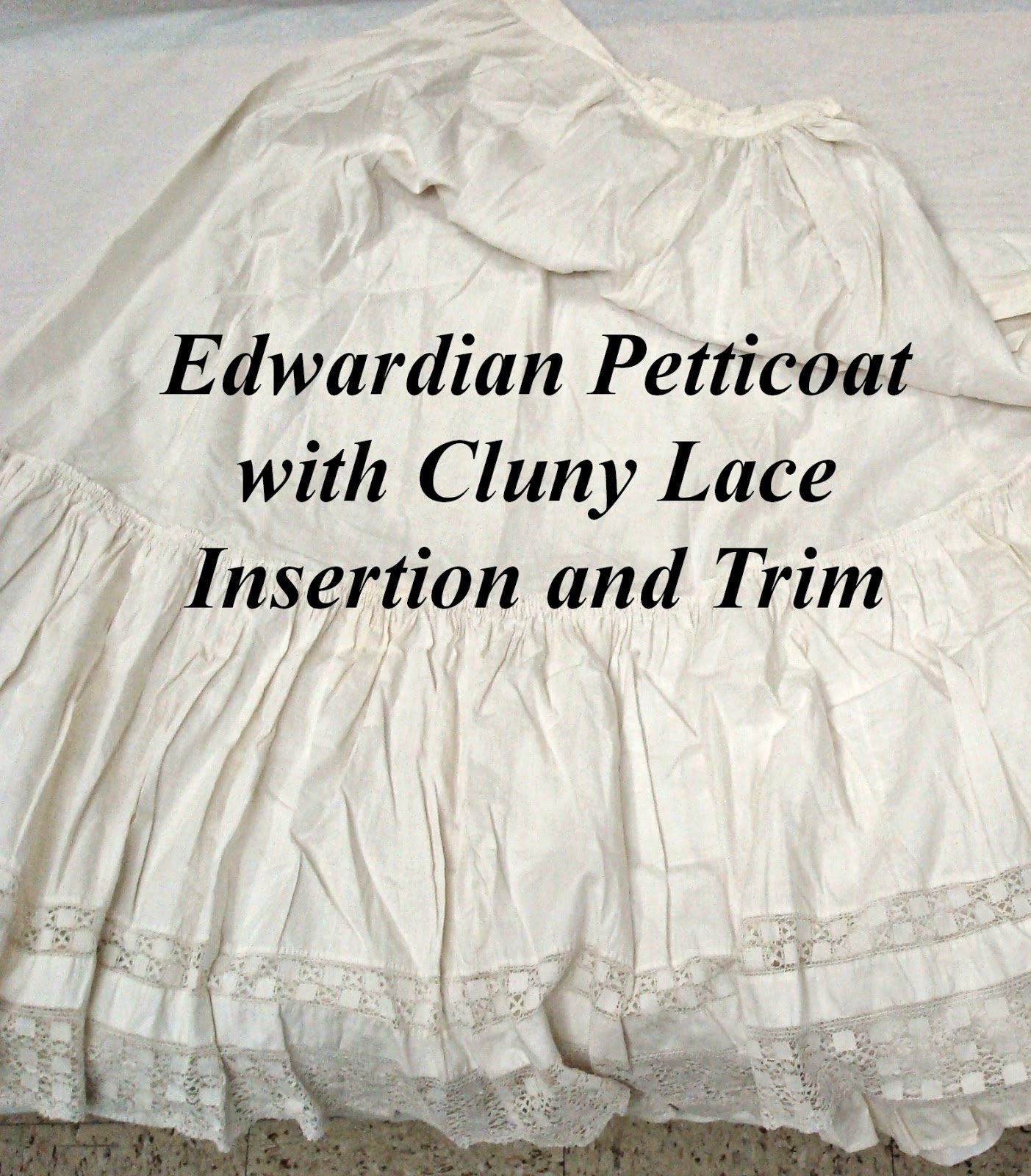Picture this:
I walk into the Kearny Museum's attic
(always very cautious because that place is so terrifying not even
spiders want to live there), looking for somewhere to store a Scottish
kilt that was recently donated. The shelving units have been newly
labelled by the Museum Committee. Sports Memorabilia, Lighting, Local
Artists, Faux Greenery, Victorian Dresses...Victorian Dresses??
And
there on the "Victorian Dresses" shelving unit were indeed boxes
labeled all sorts of crazy things like "Fur Capelet," "Chef's Hat and
Utensils," and "Black Tafata[sic] Gown."
Uh-oh. I had
never seen any of these boxes or their supposed treasures. At once I
felt both ecstatic and panicked. What would I find in these mystery
boxes?
I pulled out one of the smallest boxes and
carefully opened the lid, revealing a jumble of hot-pink tulle (which
would be a recurring theme for the rest of the mystery boxes), yellowed
napkins and dirty plastic bags. More digging and...ooooh, shiny!
Well
what do you know, crammed inside a sandwhich bread bag (also a
recurring theme for the mystery boxes, including bags of buns) was a
pair of glittering, silver metallic 1920s evening shoes!
They are accompanied by a faded display card, and were at one point in time displayed with the beaded 1920s dress. The 1920s dress was also donated by Mrs. William Schreiber.
Indeed, the strap has an interesting mechanism wherein a metal hook is
latched over the buckle. This fastening technique is still in use and I
own a pair of modern heels that fasten this way.
Unfortunately, the shoes are in very poor condition. They must have been
truly loved because the heel cap has been worn all the way through to
the nail! The sole is peeling back at the front and heel, and the
metallic leather is flaking and cracked. There are several slices in the
leather, the largest being on the inner left side of the right shoe.
The rhinestoned buckles are also missing one or two stones, and the
insoles have begun to detach.
The shoes were stored and likely displayed without the necessary
support. The lack of foot-shaped support to hold out the shoe possibly
led to the irreparable splits in the leather. I will be making
muslin-shaped "feet" stuffed with polyfill to support the shoe and its
straps. The shoes will then be displayed alongside the beaded 1920s dress in its glass case.
Stay
tuned for dozens of more Museum goodies, including an 1867 mourning
dress, an enormous tatted lace collar, children's button-up boots, a fur
capelet, a fur muff of exaggerated Edwardian proportions, 19th century
drawers, a taxidermied bird, an unusual piece of embroidery, beaded
gloves, and much more!
Also, the inexplicable and widespread use of bread bags and hot pink tulle for storing antique pieces will be explored.
Wednesday, July 16, 2014
Sunday, July 6, 2014
Edwardian Petticoat with Cluny Lace
This Edwardian petticoat, c. 1900-1909, was tucked away in a box in the Kearny History Museum's storage. It has since been wrapped in layers of acid-free tissue paper and stored in an archival quality box.
This petticoat is made of a fine yet sturdy cotton, which may have originally been a truer, brighter white. Its volume is achieved through shaped panels, or gores, and a large, gathered ruffle along the bottom of the skirt. The side seams of the petticoat are constructed with the flat-felled method for strength and durability.
The petticoat has one row of fine, [presumably] cluny lace insertion, and a matching, wide band of cluny lace trim. Both the insertion and the trim appear to have been applied to the petticoat by hand.
The ruffle has three lines of gathering stitches to create fullness. The entire petticoat, except for the decoration, appears to be machine-sewn.
There is an additional, shorter ruffle on the inside of the bottom ruffle which adds even more shape to the petticoat. This ruffle appears to have been gathered with two lines of machine stitching.
I apologize if any of the pictures make the details of this garment blurry. Photographing white on white can be rather challenging! If you would like me to re-photograph specific areas of this petticoat, please don't hesitate to let me know!
The petticoat has a large tear along the back, just under the placket. I wonder if the wearer tore this while walking, or if an inconsiderate perambulator stepped on her skirts!
The back panels of the petticoat are very tightly gathered with cartridge pleats to the waistband. The waistband is narrow, and remnants of a cord/drawstring closure exist.
Measurements:
Waist: approximately 26 "
Width of Hem: approximately 95.5 "
Note: All measurements are approximate; I didn't have a table or tape measure large enough to spread the whole petticoat flat and measure it. Please feel free to let me know if you would like more detailed measurements.
Subscribe to:
Comments (Atom)












